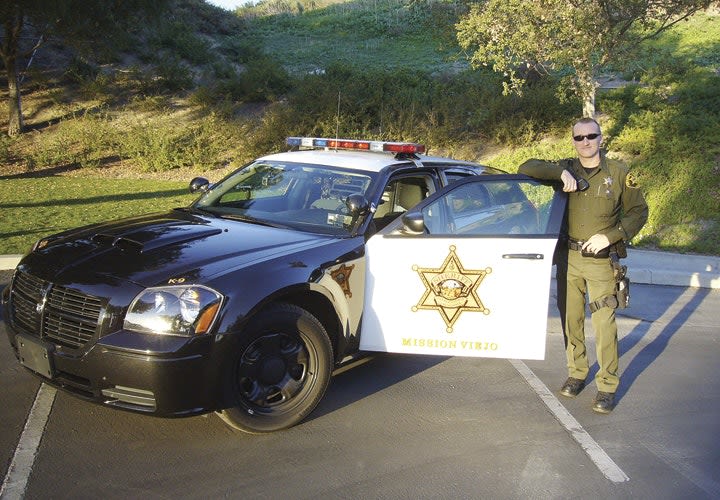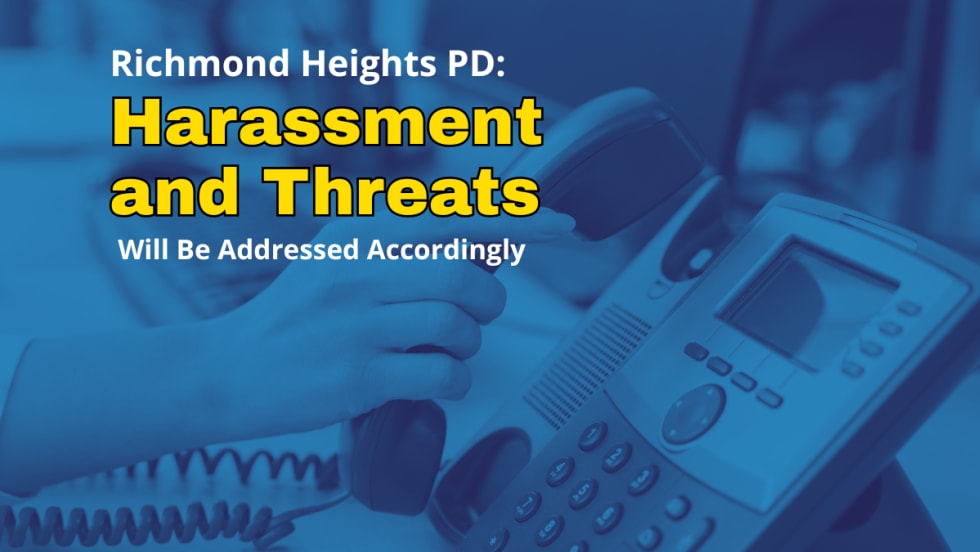Perhaps no factors were more important to an officer surviving a shooting than his or her training and mindset. While all were indebted to the training afforded them by their agencies, more than one appreciated the legacies of prior employers. One carry-over from Orange County, Calif., Sheriff's Dep. Richard Olszynski's experience as a Marine was the importance of aggressiveness in a gunfight (October 2010).
"We were taught to close the distance and engage the enemy," recalls Olszynski. "In one sense, it helped me to be quick. But looking back, once I got between cars (in engaging the suspect), I should have slowed down; still doing a fairly good pace, but slowing down a bit."
Sometimes the tactical training received by the officers was very timely. The "shrimping" technique Montrose, Colo., Police Officer Rodney Ragsdale learned in an officer survival course came into play only two weeks later when he found himself fired upon at a suspect's residence (April 2012). Collapsing his body into a jackknife position then springing his extremities outward, Ragsdale was able to propel himself along the floor and out of the kill zone.
The importance of effective communication was also often a key factor in the way a shooting evolved. And lack of early communication between newly paired officers sometimes complicated their shootings, as the officers were unfamiliar with each other's tactical leanings. Incidents involving officers from neighboring departments or involving state police officers highlighted training and communications tactics that worked well, and those that did not.
Perhaps nothing frustrated officers more than equipment failures, whether it was a "stovepiped" gun, a broken radio, blocked or garbled radio signals, subpar ammunition (that typically was subsequently replaced by the department), or disabled patrol cars.













